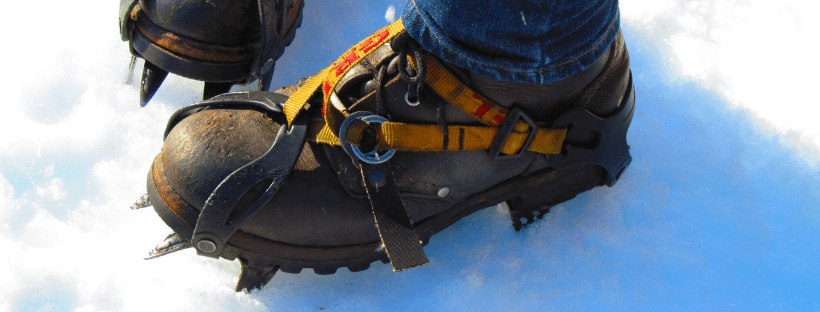Winter Foot Warmers
Coming into the colder seasons we all need to be careful and look after our feet to ensure we do not get chilblains, and if you have Raynaud’s phenomenon then you need to take extra precautions. When stepping out into the cold weather check that your footwear has enough insulation in them to keep your foot warm for a few hours. Wellingtons do not have enough insulator properties in them to keep your feet warm because they are plastic and do not have a thick sole. A walking boot or shoe would be more suitable for going on walks, doing the gardening and walking to work as they have either a fabric or leather liner which traps heat and is waterproof therefore is better and allows the feet to breath at the same time. Walking boot and shoes also have a thicker sole therefore because your foot is further away from the ground it cannot feel the cold surface as much as a wellington.
When coming back in to the warmth take care not to warm you toes up quickly. Do not sit in front of a fire or place a hot water bottle on your toes immediately. Allow your toes to warm up gradually using your core body temperature to do this. Chilblains are caused by extreme cold temperatures, this results in your blood vessels narrowing which essentially means your toes have a reduces blood supply. Due to the reduced blood supply your toes start to turn a pinky purple colour. Your toes may also become a little uncomfortable and itchy. These symptoms will ease with time and eventually your toes will return to their normal colour.
If you have Raynaud’s phenomenon it is crucial to keep your finger and toes warm, do not wait for them to get cold before trying to warm them up again. Wear gloves, good socks and well insulated shoes to ensure your toes and fingers do not get cold. Due to the rapid onset of Raynaud’s you can quickly loose the touch sensation in your finger and toes. The touch sensation will be regained over time as your fingers and toes begin to warm up again.

